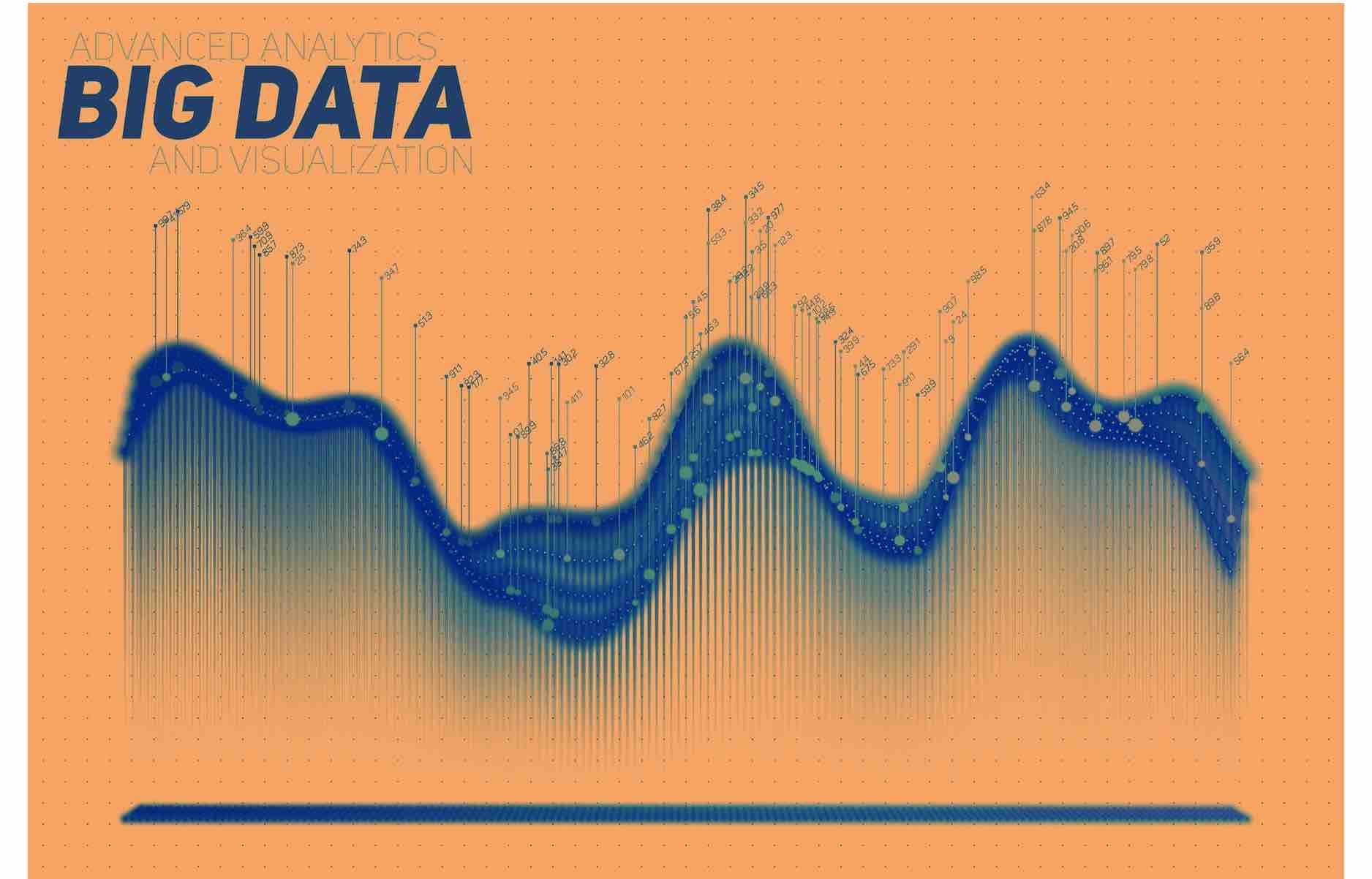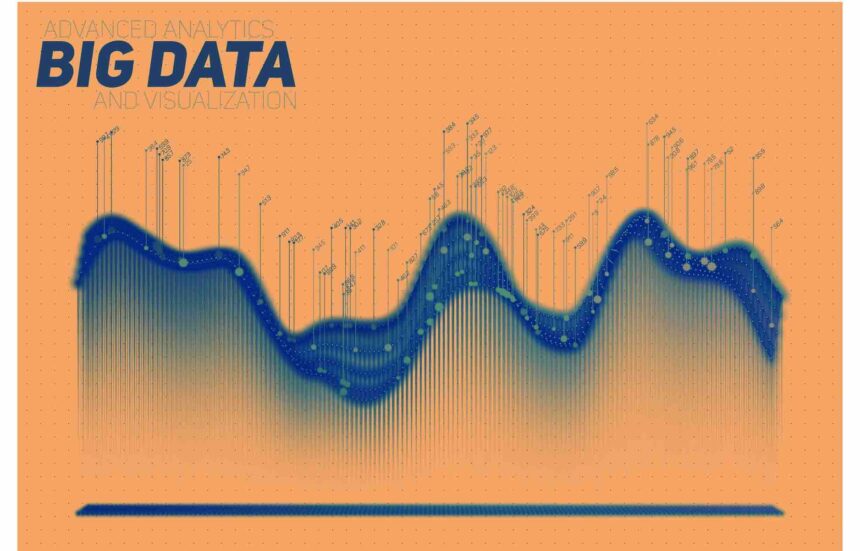
Introduction to Big Data and Data Mining
In today’s data-driven world, businesses are inundated with information from various sources. The challenge lies in making sense of this data to gain meaningful insights and make informed business decisions.
Enter big data and data mining. These powerful tools help businesses extract valuable insights and hidden patterns from massive data sets. But what are the key differences between these two terms, and how can you leverage them for your business purposes?
This article will explore the prominent differences between big data and data mining. We’ll discuss their respective responsibilities, exploring their real-world applications.
Defining Big Data
When it comes to big data, think of it as a massive amount of information with the following four “V’s.” These technical terms represent the aspects of big data:
Volume: Massive Data Sets
Big data consists of huge data sets. They are generated on a daily basis by countless sources. Data sets can come from customer databases, individual workers, marketing campaigns, and even software like EMR software and EPM software. These vast volumes of data are the backbone of big data.
Variety: Diverse Data Types and Sources
Picture big data as a melting pot of diverse information gathered from disparate systems. A dimensional database can include customer preferences, advertising campaigns, and multidisciplinary fields. This variety, combined with the sheer volume, is what makes big data so valuable.
Velocity: Rapid Data Generation and Processing
Big data pours in at breakneck speed. The processing steps work tirelessly to ensure businesses can keep up and make smart decisions based on this data deluge.
Veracity: Data Quality and Trustworthiness
In the realm of big data, finding accurate information is crucial for businesses to make strategic decisions. High veracity means the data is trustworthy and can be used confidently.
Also Read: What is Hyperautomation? Why is It Important?
Defining Data Mining
The precise term data mining, on the other hand, is all about extracting valuable treasures from the depths of complex data sets. Here’s what it involves:
Overview of Data Mining Techniques
Data mining employs advanced analytics, statistical models, and artificial intelligence. It can then uncover hidden patterns in data. Key differences between mining methods include descriptive and predictive data mining. They all provide different insights.
For example, imagine a marketing team trying to understand customer preferences. Descriptive data mining would be like a photo album showing what customers have liked. Predictive data mining would be like a crystal ball, indicating what customers might like in the future.
Knowledge Discovery Process
Mining experts follow crucial steps, from data preparation to the actual data mining task. They use advanced software packages like warehouse management software and telemedicine software to ensure actionable insights are extracted efficiently. Other industries use:
- Insurance Software
- Legal Software
- POS Software
- Customer Experience Software
- Payroll Software
- Fleet Management Software
- Hotel Management Software
- Risk Management Software
- Sales Force Automation Software
- Telemedicine Software
- Construction Scheduling Software
Data Mining Tasks: Classification, Clustering, and Association
Data mining tasks involve various techniques, such as classification, clustering, and association. Mining specialists perform these tasks to provide detailed insight into complex data sets.
- Classification: This involves categorizing data into distinct classes, such as age, location, or gender.
- Clustering: This is the process of uncovering similar groups of data points based on their features.
- Association: This involves discovering links between variables in a data set. You might find these links in customer buying patterns in an e-commerce store.
The Relationship Between Big Data and Data Mining
So, to recap: big data is all about collecting large data sets, while data mining applies advanced techniques to analyze patterns. They are different, but the two go hand in hand. Big data provides the raw material for mining experts to work their magic.
Data Mining as a Tool for Big Data Analysis
Data mining serves as a powerful tool for analyzing huge data sets. It enables businesses to make strategic decisions using predictive analytics, natural language processing, and prediction algorithms. By employing advanced analytics, businesses can extract valuable insights from colossal volumes of data.
A marketing team can leverage data mining to analyze customer preferences and behavioral patterns. This allows them to tailor advertising campaigns more effectively. Doing so can improve customer satisfaction and increase their customer base. Ultimately, that leads to better business outcomes.
Scalability and Complexity Challenges
The biggest difference between the two lies in their respective responsibilities. As the volume, variety, and velocity of data continue to grow, both face challenges in terms of scalability and complexity.
For instance, processing steps in big data must be optimized to handle the ever-increasing data influx. Data mining will require advanced software packages to efficiently extract actionable insights. Additionally, mining experts must develop complex algorithms and scientific methods for accurate predictions.
The Role of Machine Learning and AI
Artificial intelligence plays a significant role in both fields. AI-powered systems and deep learning mining engineers work together to improve mining steps. They enhance the mining process with pattern recognition technologies and complex algorithms. Also, machine learning algorithms can learn from data. They adapt their models accordingly, making them a crucial component.




